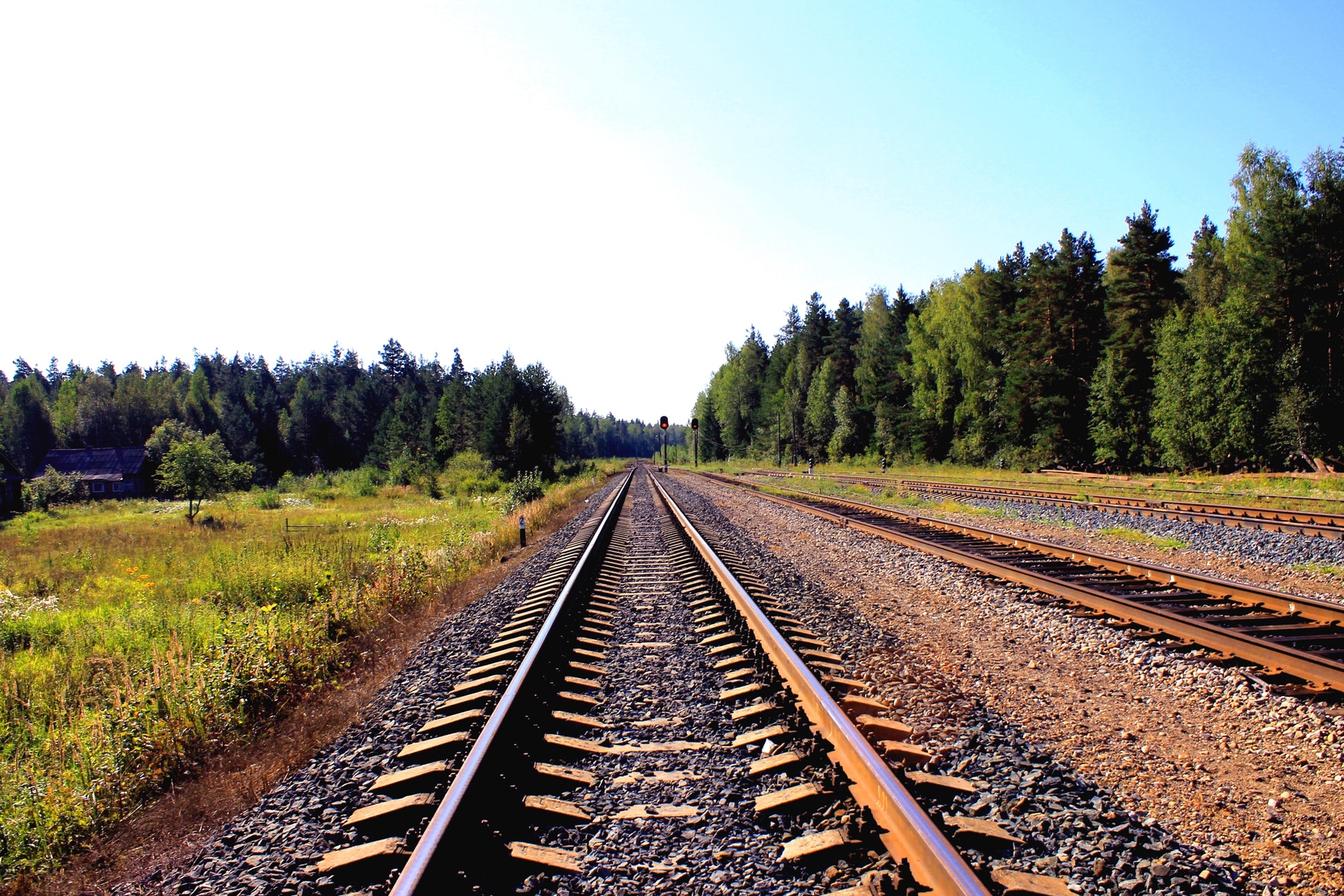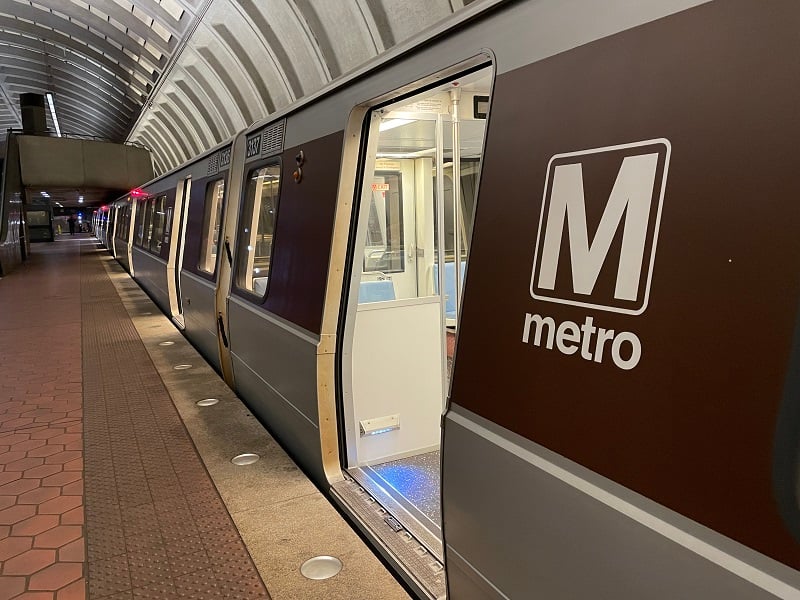To read more from the the train travel guide, click here.
The pros—and cons—of five long-distance routes that provide the biggest bang for your buck.
Coast Starlight: LA to Seattle
35 hours; daily
Pros: Unparalleled views of the Pacific Ocean and Cascade mountain range; waking up in an Oregon pine forest.
Cons: Busy West Coast ports ensure busy freight-line traffic, too; frequent delays on the route.
California Zephyr: Chicago to San Francisco Bay area (Emeryville)
51 hours; daily
Pros: Spectacularly traverses both the Sierra Nevada and the tunnel-rich Rocky Mountains range.
Cons: If you’re claustrophobic, six miles of darkness in the Moffat Tunnel may freak you out.
Empire Builder: Chicago to Seattle or Portland
46 hours; daily
Pros: Stops several places on the periphery of Glacier National Park, including Essex, home to the train-themed Izaak Walton Inn.
Cons: Inevitably, you’ll be asleep during some magnificent scenery.
Southwest Chief: Chicago to LA
41 to 46 hours; daily
Pros: Red rocks aplenty in the Southwest, particularly as the train snakes through isolated New Mexico canyons.
Cons: Flagstaff is arguably the most charming little city on the entire route, and the station is right downtown—but with no time for a walk-off visit.
Sunset Limited: LA to New Orleans
45 to 48 hours; three days a week
Pros: A sweeping panorama: California desert, Texas high country (4,500 feet at Alpine, gateway to Big Bend), and swampy Louisiana bayou.
Cons: Everything’s bigger in Texas, indeed: It takes an entire day to get across the state.
This article appeared in the June 2018 issue of Washingtonian.

















